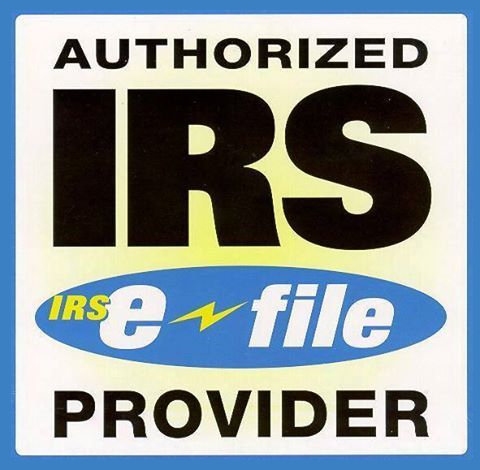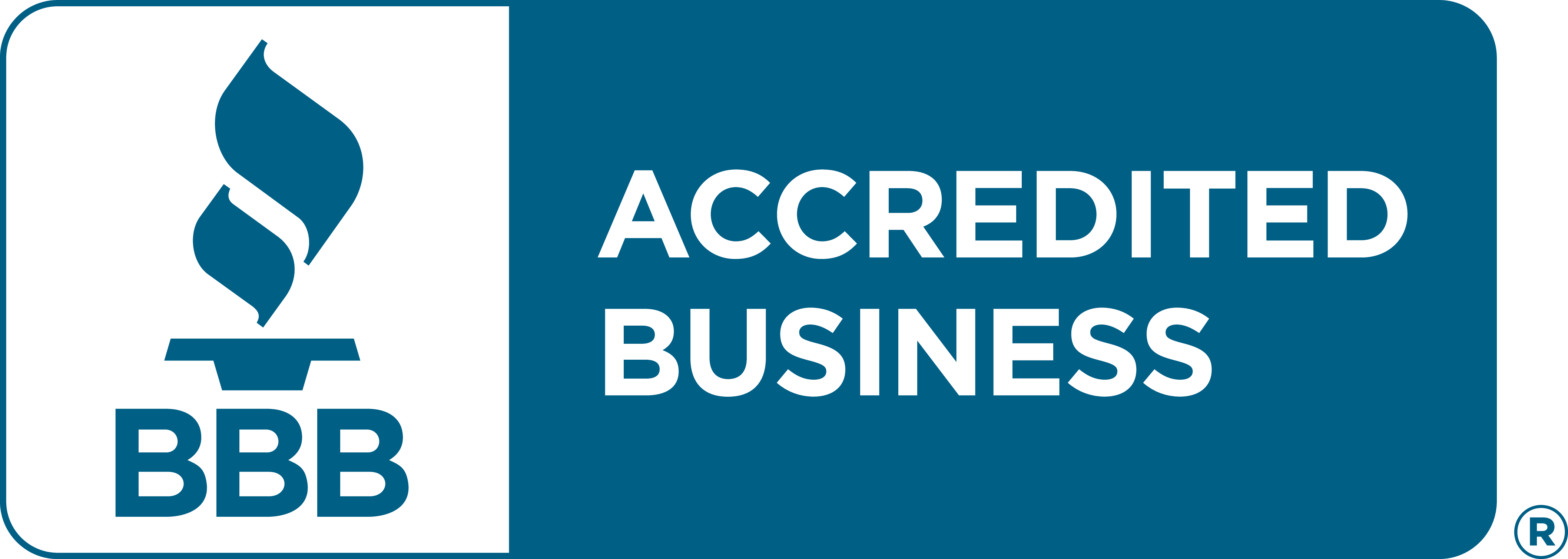Understanding the Federal Insurance Contributions Act(FICA)
Whether you are an employee, employer, or self-employed, it is important to understand the FICA tax.
Excise Tax Forms
Information Returns
Exempt Org. Forms
Extension Forms
Business Tax Forms
FinCEN BOIR
General
If you are employed in the United States, you have probably noticed FICA tax deductions on your paycheck. But do you know what exactly FICA is, and why are these taxes withheld?
In this guide, we will break down what FICA tax is, how much you pay, who is responsible for paying it, and how it impacts your future benefits.
Table of Contents
What is FICA tax?
FICA (Federal Insurance Contributions Act) tax is an important U.S. federal payroll tax which is used to fund the Social Security and Medicare programs. These programs provide benefits to retirees, and disabled individuals, as well as health coverage to individuals aged 65 and older.
Who pays FICA tax?
- FICA tax is contributed by both employers and employees equally. Employee shares are automatically withheld from their wages, and employer shares should match that amount.
- Self-employed individuals are responsible for covering both the employee and employer shares of FICA taxes through the Self-Employment Contributions Act (SECA) tax.
- FICA tax applies to household workers who are paid $2,800 or more in cash wages in 2025.
- FICA tax also applies to election workers who earn $2,400 or more in cash or equivalent compensation during the year 2025.
Types of FICA Tax
There are two types of Federal Insurance Contributions Act (FICA) taxes. They are
- Social Security tax
- Medicare tax
Social Security Tax
Social Security tax is used to fund the Social Security program, which provides retirement benefits, disability benefits, and survivor benefits to eligible Americans. Here’s how it works:
- Employees pay 6.2% of their wages in Social Security tax. Employers also pay an equal amount of 6.2%. So, in total, 12.4% of your wages go to Social Security.
- For self-employed individuals, they must pay the full 12.4% as part of the SECA tax.
Wage Limit:
- Social security tax only applies to the income of a certain limit each year. This is known as the Social Security wage base.
- The wage base limit for the 2025 tax year is $176,100. Any income above the limit is not subject to Social Security tax.
Medicare Tax
Medicare tax is used to fund the Medicare program, which offers health insurance to people aged 65 and older, as well as some younger individuals with disabilities. Here’s how it works:
- Employees pay 1.45% of their wages in Medicare tax. Employers also pay 1.45%. So, a total of 2.9% will go to Medicare. .
- Self-employed individuals must pay the full 2.9% through the SECA tax.
Additional Medicare Tax:
- Employees and self-employed individuals pay an extra 0.9% in Medicare tax on income over:
- $200,000 for single filers
- $250,000 for married filing jointly
- $125,000 for married filing separately
- $200,000 for for Head of Household
- $200,000 for Qualifying widow(er) with dependent child
Wage Limit:
There is no wage limit. All earnings are subject to 1.45% Medicare tax.
FICA Tax Rates for 2025
| Tax Type | Employee Rate | Employer Rate | Self-Employed Rate |
|---|---|---|---|
| Social Security | 6.2% | 6.2% | 12.4% |
| Medicare | 1.45% | 1.45% | 2.9% |
| Total | 7.65% | 7.65% | 15.3% |
How are the FICA taxes calculated?
Example 1:
Let us take your annual salary as $100,000.
- Social Security tax = Gross Earnings (up to $176,100) × 6.2%
- = $100,000 × 6.2% = $6,200
- Medicare tax = $100,000 × 1.45% = $1,450
- Total FICA withheld = $6,200 + $1,450 = $7,650
Example 2:
Let us take your annual salary as $300,000 and you are a single filer.
- Social Security tax = Gross Earnings (up to $176,100) × 6.2%
- = $176,100 × 6.2% =$10,918.20
- Medicare tax = $300,000 × 1.45% = $4,350
- Additional Medicare tax = $100,000 × 0.9% = $900
- Total FICA withheld = $10,918.20 + $4350 + $900 = $16,168.20
Example 3:
Let us take your annual salary as $300,000 and you are a joint filer.
- Social Security tax = Gross Earnings (up to $176,100) × 6.2%
- = ($176,100) × 6.2% =$10,918.20
- Medicare tax = $300,000 × 1.45% = $ 4,350
- Additional Medicare tax = $50,000 × 0.9% = $450
- Total FICA withheld = $10,918.20 + $4,350 + $450 = $15,718.20
Exemptions from FICA Tax
While most workers must pay FICA taxes, there are a few specific exemptions granted under federal law.
| Category | FICA Exempt | Conditions |
|---|---|---|
| Religious group members | Yes | Must file Form 4029 and meet strict criteria |
| Nonresident alien students | Yes | Must be eligible for a visa (F-1, J-1, or M-1) |
| Children working for parents | Yes | Applies to sole proprietorships |
| Student workers | Sometimes | Must be enrolled and working for the school |
| State/local government workers | Sometimes | Covered by alternative retirement plan |
Reporting FICA on Tax Forms
Employers report FICA taxes on:
- Form 941: Employer’s Quarterly Federal Tax Return
- Form W-2: Annual wage and tax statement for employees
- Form 1040 (Schedule SE): For self-employed individuals
Common Scenarios:
1. What does FICA stand for?
FICA stands for Federal Insurance Contributions Act. It refers to the U.S. federal payroll tax that is used to fund Social Security and Medicare programs.
2. Is FICA tax refundable?
No, it is not refundable. However, overpayments (e.g., multiple employers withholding above the wage limit) may be refundable when filing your tax return.
3. Do retirees pay FICA tax?
Retirees don't pay FICA tax on retirement income, but if they earn wages from a job, they are required to pay FICA tax on those earnings.
4. What happens if FICA tax isn't withheld properly?
If FICA tax isn't withheld correctly, the employer may have to pay both the employer and employee portions, along with penalties and interest. The employee could also lose Social Security and Medicare credits, which may affect future benefits.
Ready for payroll tax filing?
Stay ahead of your payroll responsibilities with TaxZerone. Our smart system will auto calculate your taxes. So, you can file with confidence and stay compliant.












